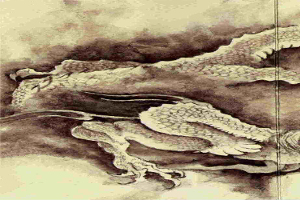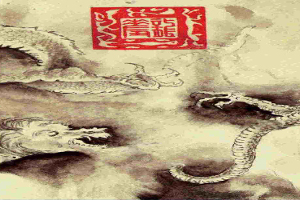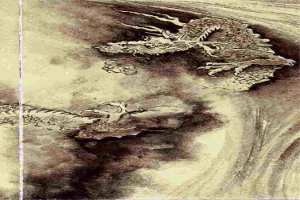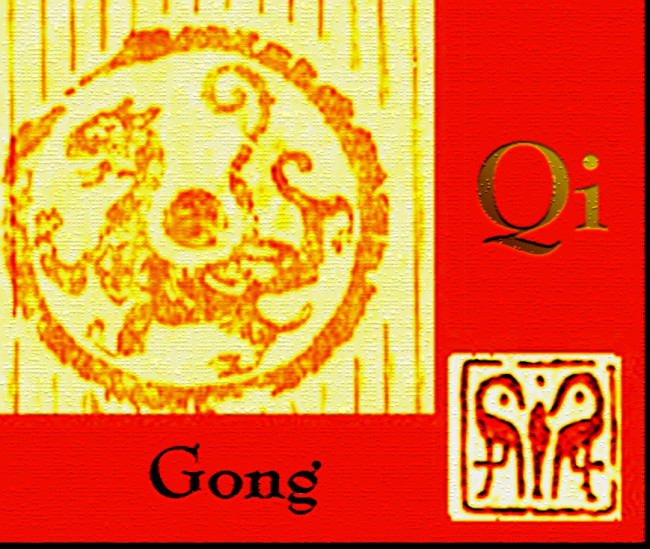 Qigong (also spelled Ch’i Kung) is a powerful system of healing and energy medicine from China. It is the art and science of using breathing techniques, gentle movement, and meditation to cleanse, strengthen, and circulate the life energy (qi).
Qigong (also spelled Ch’i Kung) is a powerful system of healing and energy medicine from China. It is the art and science of using breathing techniques, gentle movement, and meditation to cleanse, strengthen, and circulate the life energy (qi).
Qigong practice leads to better health and vitality and a tranquil state of mind. In the past, qigong was also called nei gong (inner work) and dao yin (guiding energy). The word Qigong (Chi Kung) is made up of two Chinese words. Qi is pronounced ‘chee’ and is usually translated to mean the life force or vital-energy that flows through all things in the universe.
The second word, Gong, pronounced ‘gung’, means accomplishment, or skill that is cultivated through steady practice. Together, Qigong (Chi Kung) means cultivating energy, it is a system practiced for health maintenance, healing and increasing vitality.
Qigong practices can be classified as martial, medical, or spiritual. For example Tai Chi Quan would be considered a martial application of qigong principles. While the Chinese government recognise a number of techniques that have specific medical applications such as the Eight Pieces of Brocade (Ba Duan Jin 八段錦), a qigong form that is widely practiced throughout the world. Additionally qigong can form the basis of more spiritual practices often referred to as nei gong or inner cultivation. This last form of practice can involve meditation and the development of mindfulness as a goal.
Typically a qigong practice involves rhythmic breathing coordinated with slow stylised repetition of fluid movement, a calm mindful state, and visualisation of guiding qi through the body. There are literally thousands of different forms and techniques associated with this ancient practice. The roots of qigong go back more than 4,000 years and archeological evidence suggests that the first forms of qigong can be linked to ancient shamanic meditative practice and gymnastic exercises.
For example, a nearly 7000 year old Neolithic vessel depicts a priest-shaman (wu xi 巫覡) in the essential posture of meditative practice and gymnastic exercise of early qigong. Shamanic rituals and ideas eventually evolved and formalized into Taoist beliefs and were incorporated into the field of traditional Chinese medicine. Qigong draws upon traditional Chinese classics such as the I Ching as well as occult arts; the philosophical traditions of Confucianism, Taoism, and Buddhism, with Yoga influences coming from the introduction of Buddhism into China. Its three main pillars though are traditional Chinese medicine (TCM), martial arts and Daoist philosophy. Though now days qigong also includes more modern influences such as contemporary concepts of health, science, meditation, and exercise.
A good place to start if you want to learn more about qigong is to join a local class and learn some simple exercises. Many of the forms are very simple and can be easily learnt by anyone no matter their age, health, fitness or level of experience. A quick search of the internet will find practioners close to where you live so why not give it a try.
[This article was first published on www.longtoutaichi.com in July 2013]
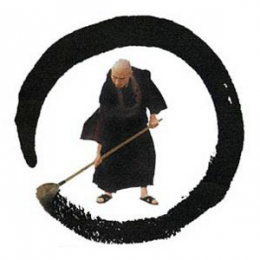






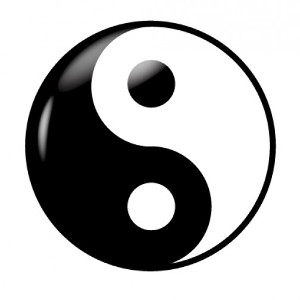 China Tai Chi Guide
China Tai Chi Guide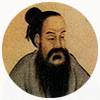 Five Elements Academy
Five Elements Academy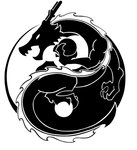 Long Tou Shan Tai Chi School
Long Tou Shan Tai Chi School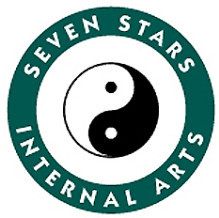 Seven Stars Internal Arts
Seven Stars Internal Arts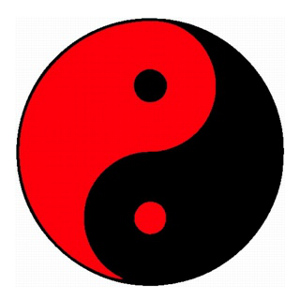 Traditional Tai Chi School
Traditional Tai Chi School Wandering Dao, China
Wandering Dao, China